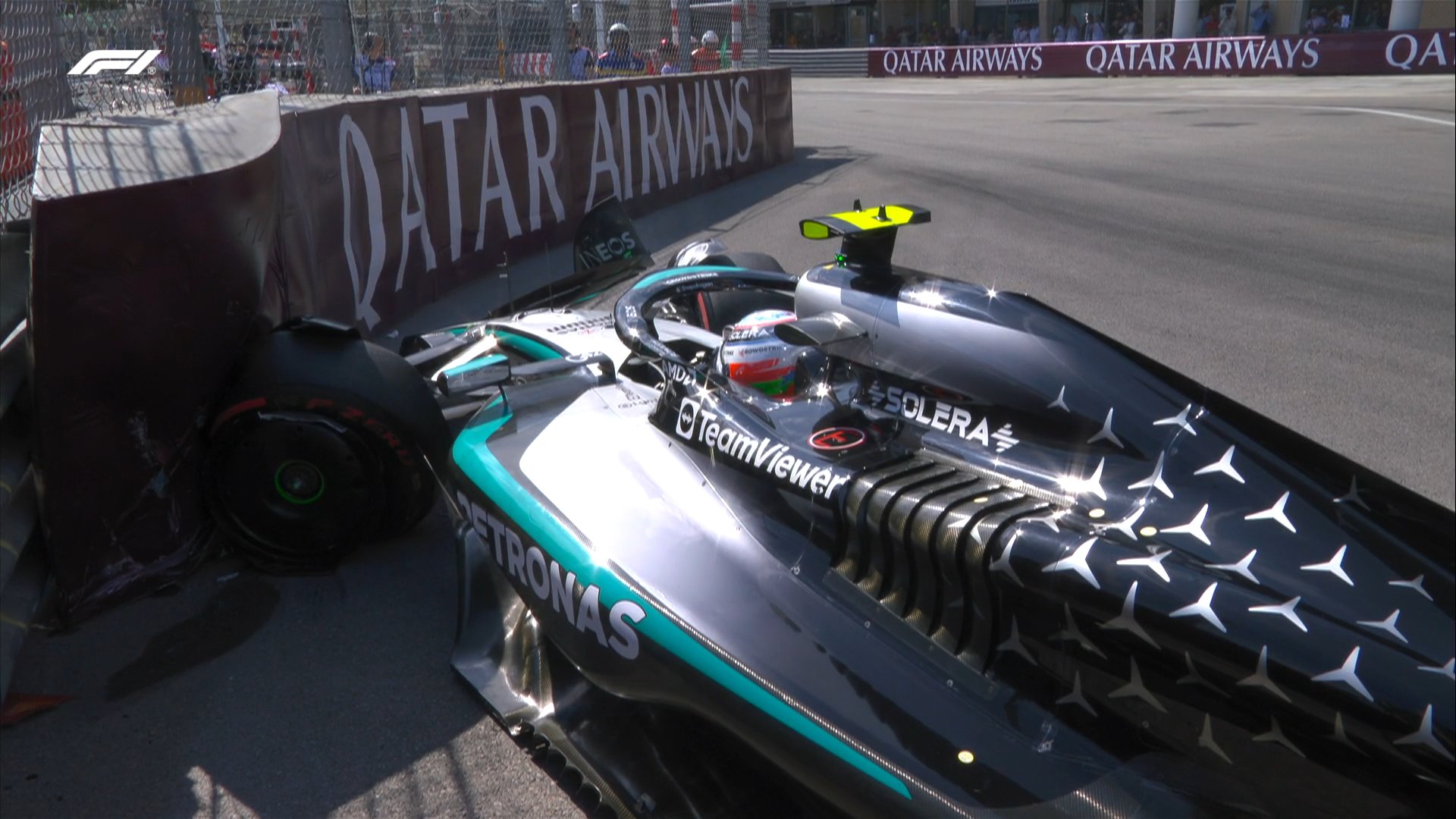While I feel I'm good in observation of aerodynamic effects, my appreciation of that I doubt is complete in broad sense. I'll offer a view and see what that brings in the comments from more accomplished contributions, Of the ilk Vanja etc for giving in depth analysis.SB15 wrote: ↑24 May 2025, 14:27That too, there's no type of "give" from the suspension that allows rotation.Farnborough wrote: ↑24 May 2025, 14:18It's rigid as he'll suspension wise. That generally doesn't pay back around here. Controlled malleability is where its at, not spring rates like granite.SB15 wrote: ↑24 May 2025, 13:55
I knew the Ferrari and Mclaren would go quickly here, the Redbull is a bit of an anomaly because the C5's are a better Qualifying tyre.
But ultimately the biggest problem is that the softer compounds just doesn't work with the W16 and it's causing a lot of issues. The biggest issue is most certainly the W16's aero wake and that new floor can't come sooner enough.
Also, you think Mercedes are running too much of an undercut on the sidepod?
I'm only highlighting this as some sort of explainination as to why the rear tyres heats up so quickly compared to others, it could very be not only the floor edge where the venturi exits are, but also how the car controls the wake particularly where the undercut is.
Mechanical though, I'm more equipped to offer opinion and comparison. For me, this team has it in their dna/lineage of "punishing" rear tyres since inception as, possibly, part of their included thinking, that's in comparison to other designers focus. With development like DAS, brake magic, internal fins in rear rims etc all part of concentrated development before we even got to 2022. Obviously successful in tbat era, but "leaning" constantly in tbat trying to safeguard rear tyres all of them at various usage profile throughout the race weekend.
This era of rules seems to have brought far more attention from teams in general about just how they apply load to tyres, and with limited design freedom, difficult to solve for some.
I do believe there's correlation in running higher rear pressure (when it's forced by Pirelli for track topography) which simply brings raised tyre structure resilience to the whole field, with MB seeming to possess the ability to leverage and capitalise on that specific aspect.
It just seems to move tyre use more into their overall team design focus/philosophy and lift them relative to others.
Here, where malleability is king, there's much harder chafer technical team.
Still Q may show something else. Hard to predict though.


